SUMMARY
This is AI generated summarization, which may have errors. For context, always refer to the full article.
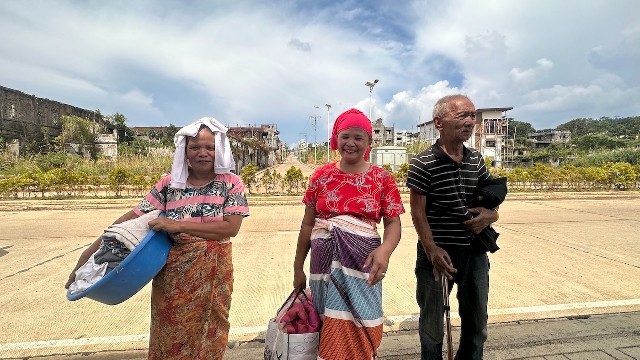
READ: PART 1 | There’s no way home for some residents of 4 Marawi villages
MARAWI CITY, Philippines – Under the punishing heat of the sun in early October, Marawi residents Cetenor Adiong and Aminah Dimaporo walked towards Lake Lanao from their home in Barangay Moncado Kadingilan in the city center. It was not to stroll on the banks of the scenic lake in central Mindanao. They were carrying laundry to wash.
“Mahirap na walang tubig (It’s hard without water),” said Adiong. They are among a few hundred residents of the former battle area who have returned to their land despite the lack of basic utilities.
“Kapag may ulan, may tubig kami. Kung walang ulan, diyan kami sa [Lake] Ranao (We have water when it rains. When it doesn’t rain, we go to Lake Lanao),” she said.
The city center still very much looks like an abandoned battle zone six years after pro-Islamic State fighters laid siege to the city, triggering months of fighting with the military that forced hundreds of thousands to flee and left more than 1,000 dead.
Rows of residential buildings stand abandoned and in decay, pockmarked by bullets and shrapnel. The walls had been knocked through.
But several areas in the former battle area are slowly coming back to life. It’s getting busy around the storied Banggolo and Mapandi bridges, where many troops were killed in their attempts to cross it during the siege.
There’s a new building here and there. There are sari-sari stores (family-run retail shops) in street corners. There are hardware stores, too, selling construction materials although residents complain of steep costs. You now see residents congregating on the streets.
It’s quieter deeper into the former battle area towards the lake. There was a young couple taking selfies in front of new, albeit empty, government buildings. There were soldiers accompanying a pack of visiting reporters. There were construction workers.
@pcijdotorg Marawi's woes 6 years after the siege. Read our report on PCIJ.org
♬ original sound – PCIJ.org
Lack of basic utilities
The former battle area was finally connected to electricity this year. But there’s still no water, making reconstruction activities difficult and hampering the return of residents.
The bulk water system project was allocated a budget of P167.5 million. But connecting the former battle area to a water supply turned out to be a more complicated task.
The site for the water reservoir has been identified – inside a military camp – but the local government and the military had disagreements over the terms covering the use of military land.
Water is a problem not only inside the former battle area but also in shelters hosting displaced residents.
In the temporary shelters in Barangay Sagonsongan on the outskirts of the city, water is rationed. Residents get water in their faucets for one hour once a week, according to Jasmerah Comadug, a resident of Sagonsongan Area 4.
“Mainly ang source namin dito is ulan (Our main source here is rain),” said Comadug. They have to buy drinking water. Without the rain, they also need to buy water to wash dishes and clothes, which costs P300 or around $6 to buy 1,000 liters, she said.
“Bumibili kami ng tatlong tangke. Nauubos namin ‘yun nang two to three days (We buy three tanks. We consume them in two to three days),” she said.
The septic tanks have started to smell, too, Comadug said.
“Depende sa weather. Minsan kapag, sobrang init, nangangamoy siya. Minsan naman, kapag sobrang lakas ng ulan, umaamoy din siya (It depends on the weather. Sometimes when it’s too hot, it stinks. Sometimes when it rains hard, it also stinks),” she said.
She suspected that the septic tanks were full and needed to be pumped. “Closed door na lang kami (We just close the door),” she said. “Nasanay na lang kasi wala naman kaming choice (We’re used to it because we have no choice).”
But these are just two in a long list of their worries.
In the Sagonsongan shelters, residents are constantly worried that the property owner will force them out or begin to charge rent.
Those who were given permanent shelters are worried that they would forfeit their compensation payments. The law creating the Marawi Compensation Board (MCB) states that government benefits received by the claimants shall be deducted from the compensation to be awarded. MCB chairman Maisarah Latiph has sought the guidance of Congress on this matter.
The anxiety over the government’s compensation program is widespread. MCB is mandated by law to compensate for structures, properties, and deaths. Many are concerned if they will get enough money to rebuild their homes or if they will get some money at all.
‘Please, listen to us’
Janisah Acmad, who now lives in a shelter in Pagalamatan in the adjacent Saguiran town, said she hoped to receive enough compensation money to start a decent livelihood.
Her family used to rent a house in Marawi. They lost all of their property during the siege.
But six years since the siege, Acmad said she felt like no one was really listening. So she joined a team that now runs a radio station from the shelter.
“Kaming mga IDP hindi namin kayang magsabi sa mga katataasan kung wala po kaming mga ganito sa broadcast. (IDPs [internally displaced persons] like us can’t air these things without this broadcast station).”
What did she and her fellow displaced residents want authorities to hear? Her list is long.
“Sana tulungan nila kami paano makabangon ulit, na makalimutan ano ang masakit na nangyari sa amin (I hope they help us recover and move on from our painful experience),” she said.
“Paano kami makabangon ulit? Kasi yung iba hindi na makahanap ng trabaho. Saka ang mga bata karamihan sa kanila hindi na nakakapag-aral (How can we recover? Others are unable to find a job. Most of the children have stopped going to school),” she said.
Acmad tries to remain hopeful. But she believes that finding a job in Manila would be a better option for her family.
Meanwhile, Haira Ali Guro, found some comfort after she was recently assigned a permanent shelter in Barangay Pagalamantan. For now she doesn’t have to fear another displacement from Sagonsongan, she said. The space is a little bigger and there’s a nearby school for her child.
Yet another year has passed. Marawi residents are still looking to start over and find opportunities to improve their lives. – Philippine Center for Investigative Journalism/Rappler.com
This story was first published by the Philippine Center for Investigative Journalism.
Add a comment
How does this make you feel?



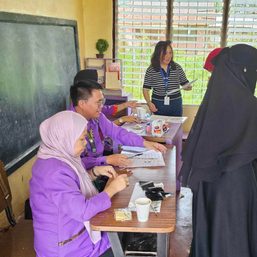
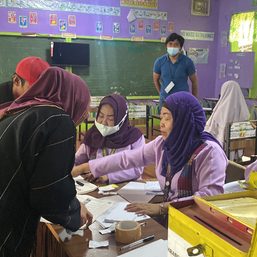

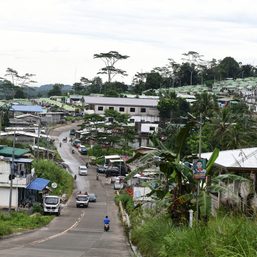
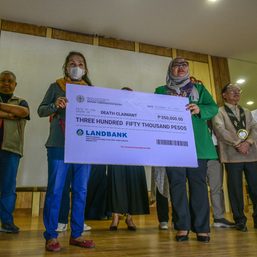

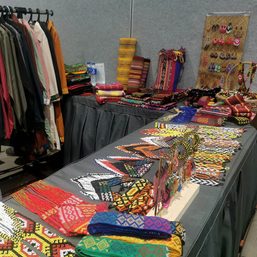

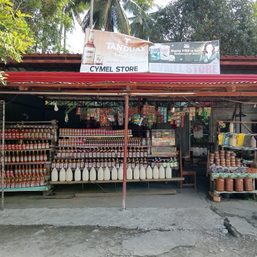
There are no comments yet. Add your comment to start the conversation.